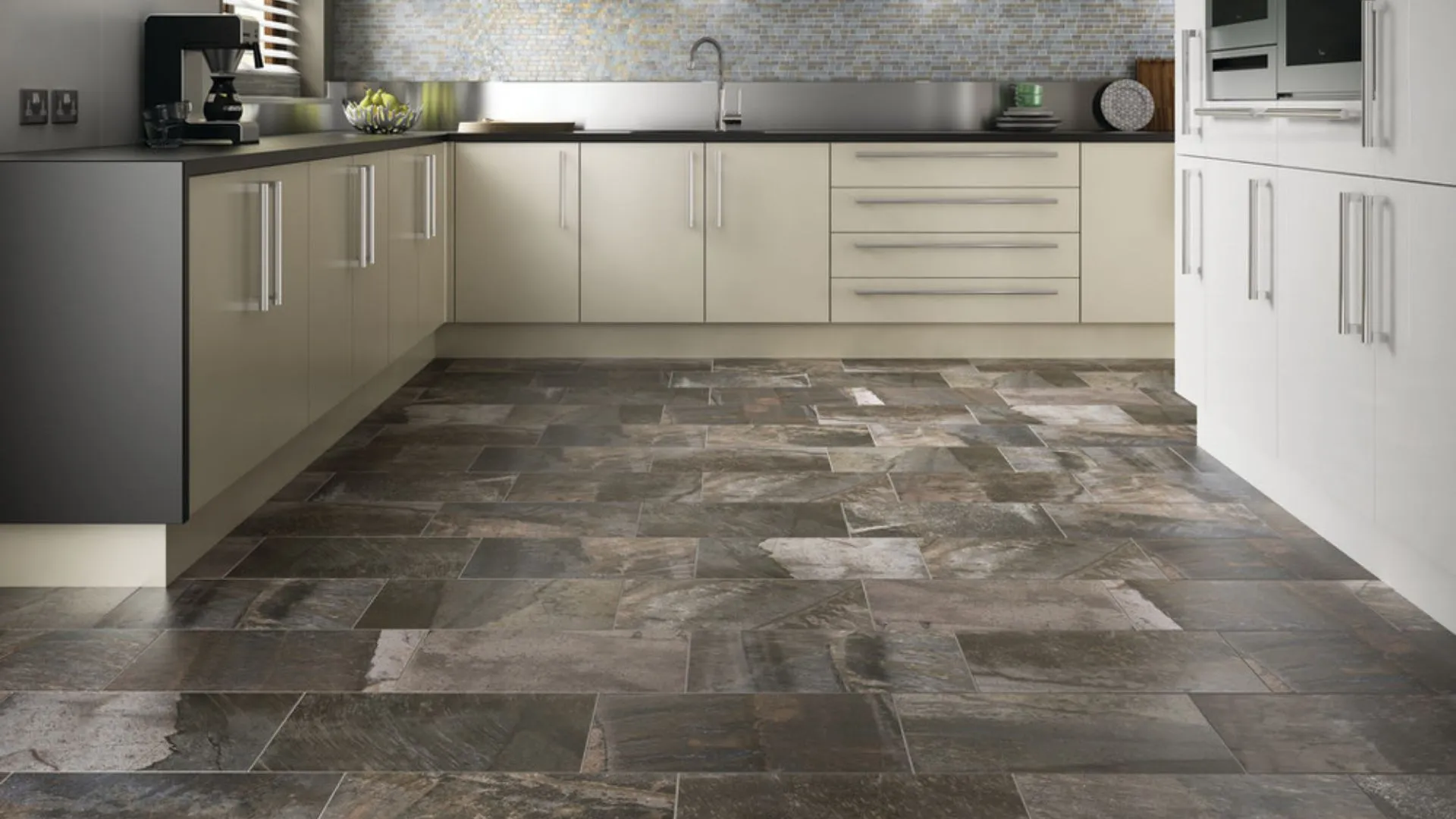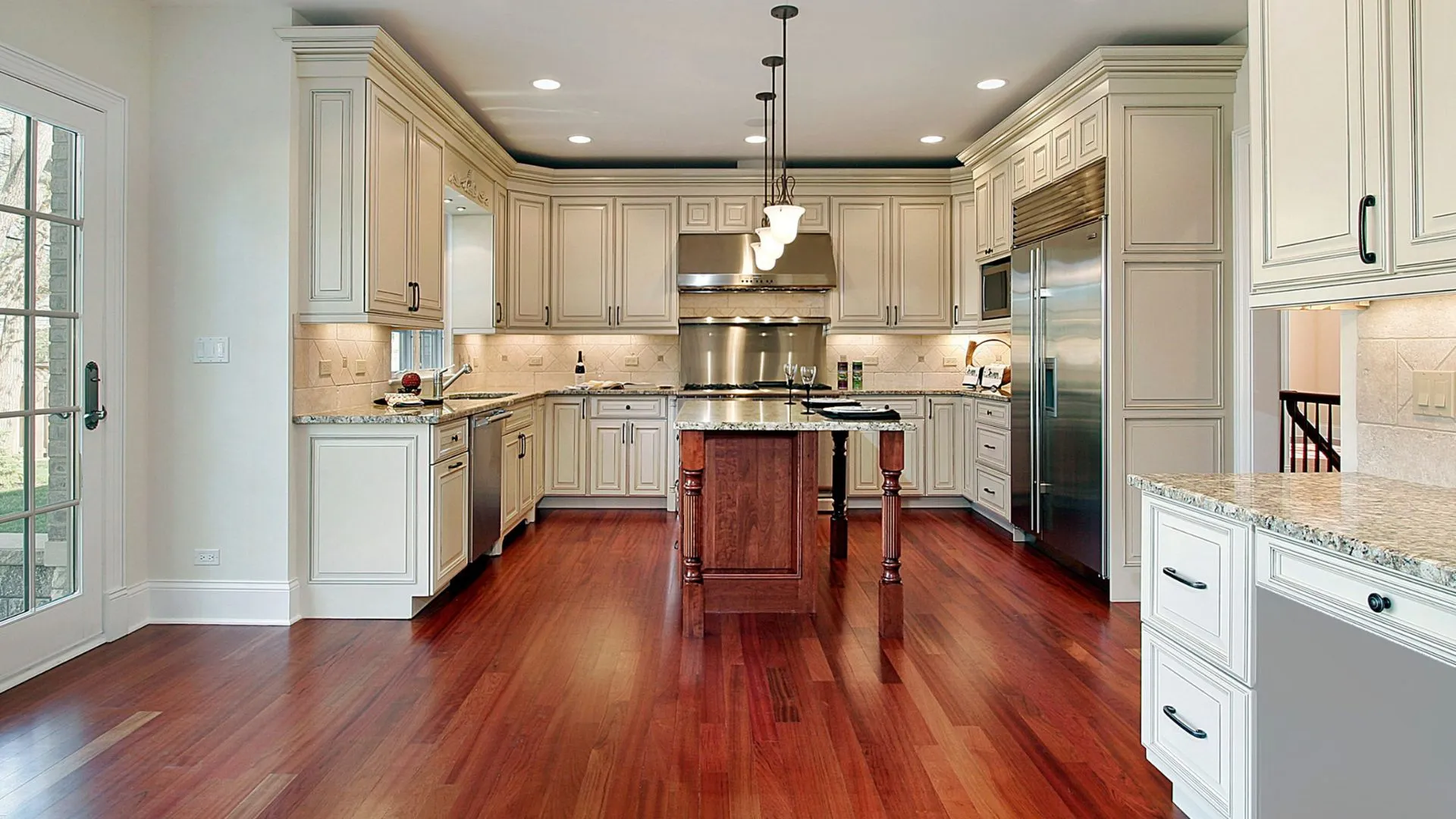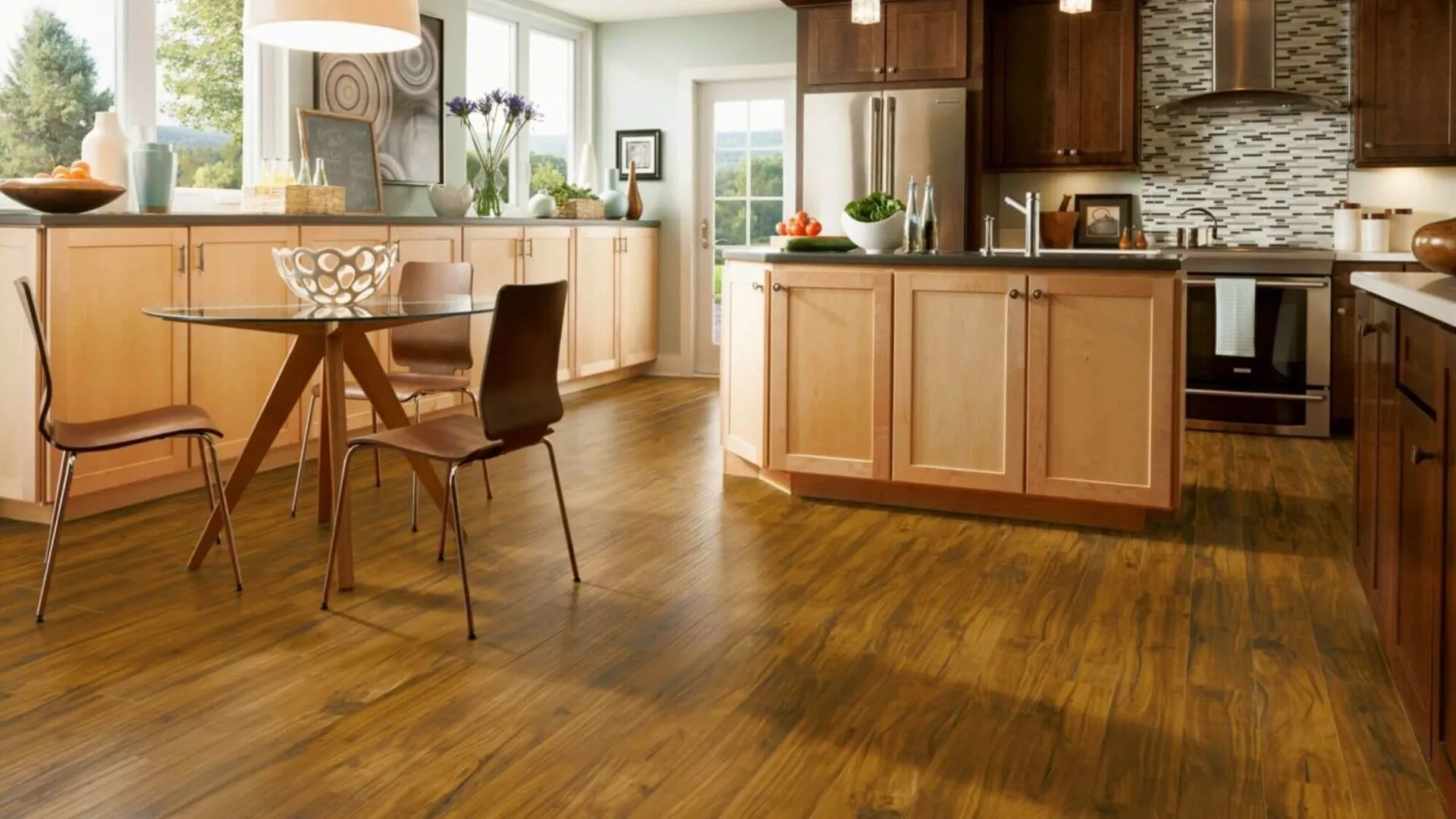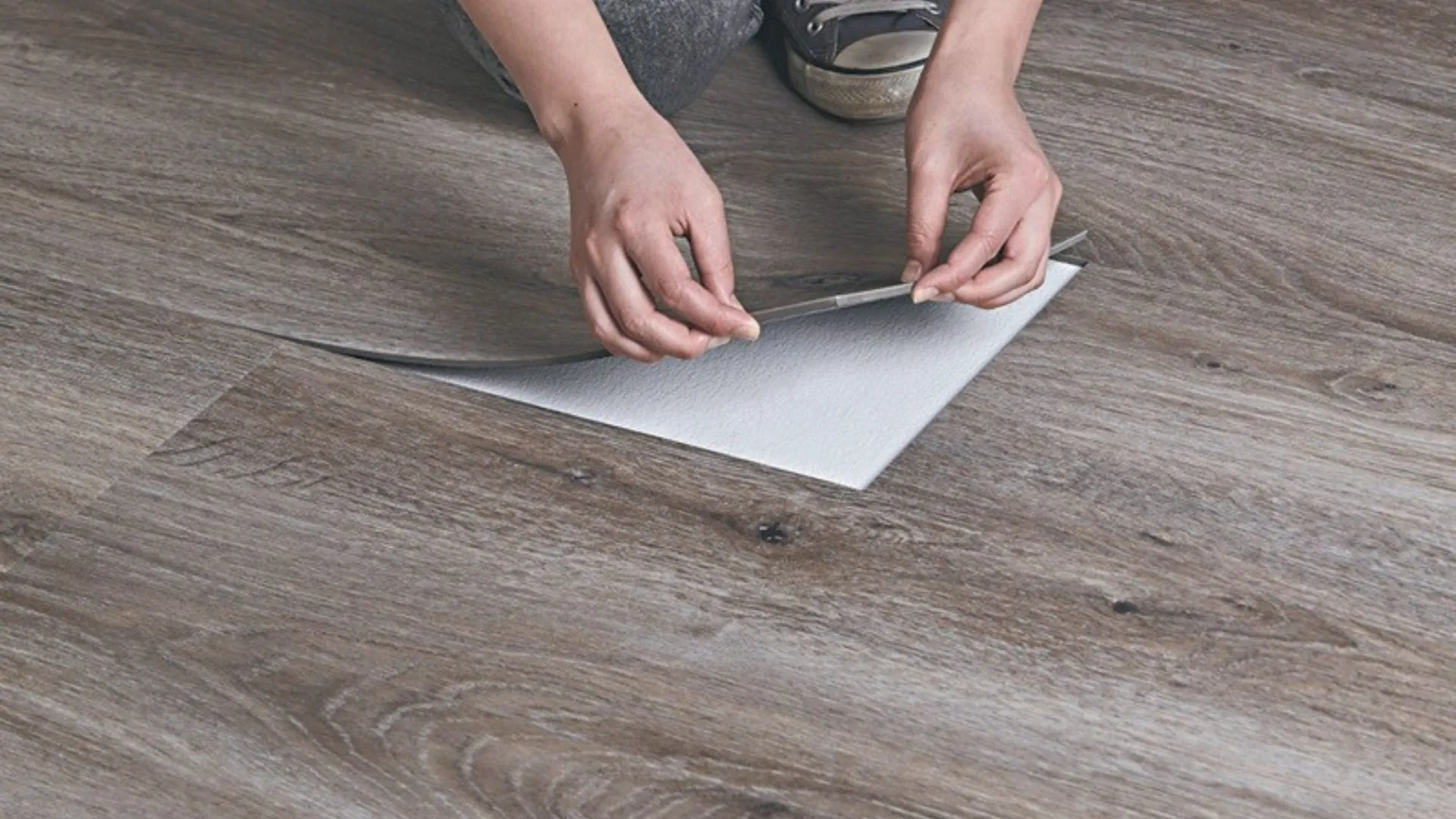Choosing the right kitchen flooring is a crucial decision that impacts the overall look, feel, and functionality of your kitchen. As one of the most trafficked areas in your home, the kitchen needs a floor that can withstand spills, stains, and constant foot traffic, while also complementing your aesthetic preferences. In this comprehensive guide, we will explore various kitchen flooring options, their pros and cons, and tips on how to make the best choice for your home.
The kitchen is often considered the heart of the home, where families gather to cook, eat, and socialize. Therefore, the choice of kitchen flooring is not just about durability and practicality but also about creating a warm and inviting space. With numerous materials, styles, and trends available, selecting the perfect kitchen flooring can be overwhelming. This guide aims to simplify the process by providing detailed insights into the most popular kitchen flooring options, helping you make an informed decision that suits your lifestyle and budget.
Types of Kitchen Flooring
1. Tile Flooring

Tile flooring is a popular choice for kitchens due to its durability and ease of maintenance. Available in a wide range of colors, sizes, and patterns, tile flooring can suit any kitchen design, from traditional to contemporary.
Pros:
- Durability: Tiles are highly resistant to scratches, moisture, and stains, making them ideal for high-traffic areas like kitchens.
- Variety: With numerous designs, colors, and textures available, tiles offer immense flexibility in terms of aesthetics.
- Easy Maintenance: Tiles are easy to clean with just a mop and regular household cleaners.
Cons:
- Hard Surface: The hard surface of tiles can be uncomfortable to stand on for long periods.
- Cold Underfoot: Tile floors can feel cold, especially in winter, unless paired with underfloor heating.
2. Hardwood Flooring

Hardwood flooring brings a timeless and elegant appeal to kitchens. While traditionally reserved for living rooms and bedrooms, hardwood is now increasingly used in kitchens due to its warmth and beauty.
Pros:
- Aesthetic Appeal: Hardwood floors add a touch of elegance and can significantly enhance the value of your home.
- Warmth: Wood naturally feels warm and inviting underfoot.
- Longevity: With proper care, hardwood floors can last for decades.
Cons:
- Sensitivity to Moisture: Hardwood is prone to water damage, so spills must be cleaned promptly.
- Maintenance: Requires regular refinishing to maintain its look and protect against scratches.
3. Laminate Flooring

Laminate flooring offers a budget-friendly alternative to hardwood while mimicking its appearance. It’s made from a multi-layer synthetic product fused together with a lamination process.
Pros:
- Cost-Effective: Laminate flooring is generally more affordable than hardwood.
- Durability: Resistant to scratches, impacts, and stains, making it suitable for busy kitchens.
- Easy Installation: Often comes in a click-and-lock format, making it a good DIY project.
Cons:
- Moisture Sensitivity: Laminate can swell or warp if exposed to water.
- Limited Lifespan: Typically doesn’t last as long as hardwood and can’t be refinished.
4. Vinyl Flooring

Vinyl flooring has evolved significantly over the years and now offers a wide range of styles and designs that closely mimic wood, stone, and ceramic tiles.
Pros:
- Water Resistance: Vinyl is highly resistant to water, making it an excellent choice for kitchens.
- Comfort: Softer underfoot than tile and hardwood, reducing fatigue when standing for long periods.
- Affordability: Generally less expensive than tile or hardwood flooring.
Cons:
- Durability: While durable, vinyl can still be punctured or scratched by sharp objects.
- Environmental Concerns: Vinyl is made from synthetic materials, which may not be as environmentally friendly as natural options.
Factors to Consider When Choosing Kitchen Flooring
1. Durability and Maintenance
The kitchen is a high-traffic area, so your flooring needs to be durable and easy to maintain. Consider materials that are resistant to scratches, stains, and water. Tile and vinyl are excellent options for durability, while hardwood and laminate require more care but offer unique aesthetic benefits.
2. Budget
Your budget will significantly influence your choice of kitchen flooring. Tile and hardwood tend to be more expensive, while laminate and vinyl offer more budget-friendly options. Remember to factor in the cost of installation, which can vary depending on the material and complexity of the project.
3. Style and Aesthetics
Your kitchen flooring should complement the overall design of your home. Consider the color, texture, and pattern of the flooring material. For a seamless look, choose a material that blends well with your cabinetry, countertops, and overall decor.
4. Comfort
Since you’ll likely spend a lot of time standing in your kitchen, comfort is an important consideration. Softer materials like vinyl and laminate offer more cushioning underfoot compared to tile and hardwood.
Conclusion
Choosing the right kitchen flooring involves balancing durability, style, comfort, and budget. Whether you prefer the timeless elegance of hardwood, the durability of tile, the affordability of laminate, or the versatility of vinyl, there is a perfect kitchen flooring option for every home. By considering the unique needs of your household and the specific characteristics of each flooring type, you can create a kitchen that is both beautiful and functional.
We hope this guide has provided valuable insights into the various kitchen flooring options available. If you have any questions or would like to share your experiences with kitchen flooring, please leave a comment below. Your feedback and stories can help others make informed decisions about their kitchen flooring choices!
*Please be aware that the visuals displayed on our website are solely for reference purposes. We kindly request you to get in touch with us so that we can have a detailed conversation about your specific requirements and create a customized design exclusively for you.